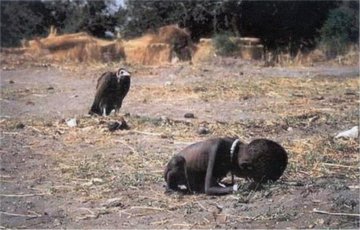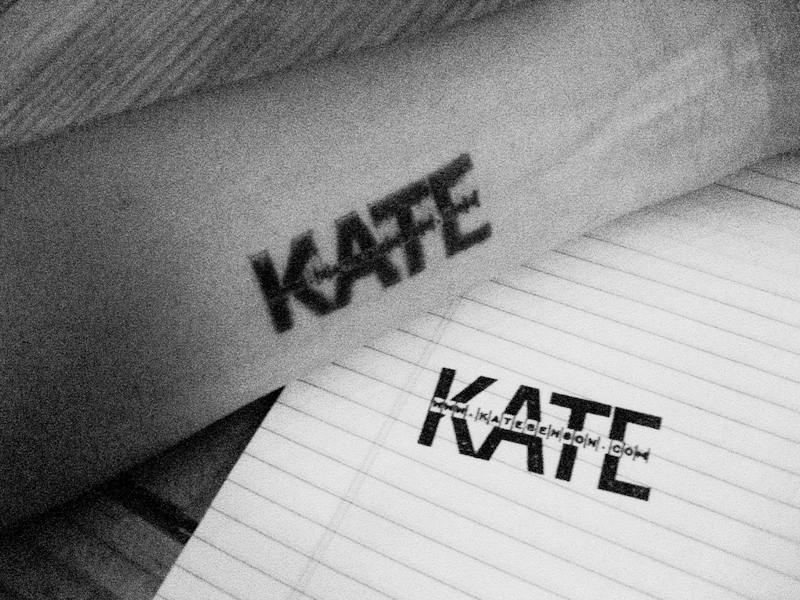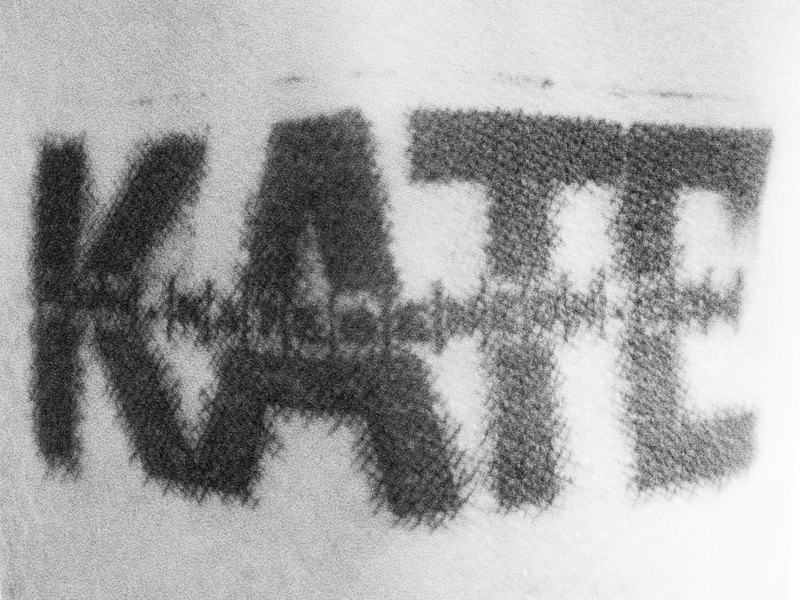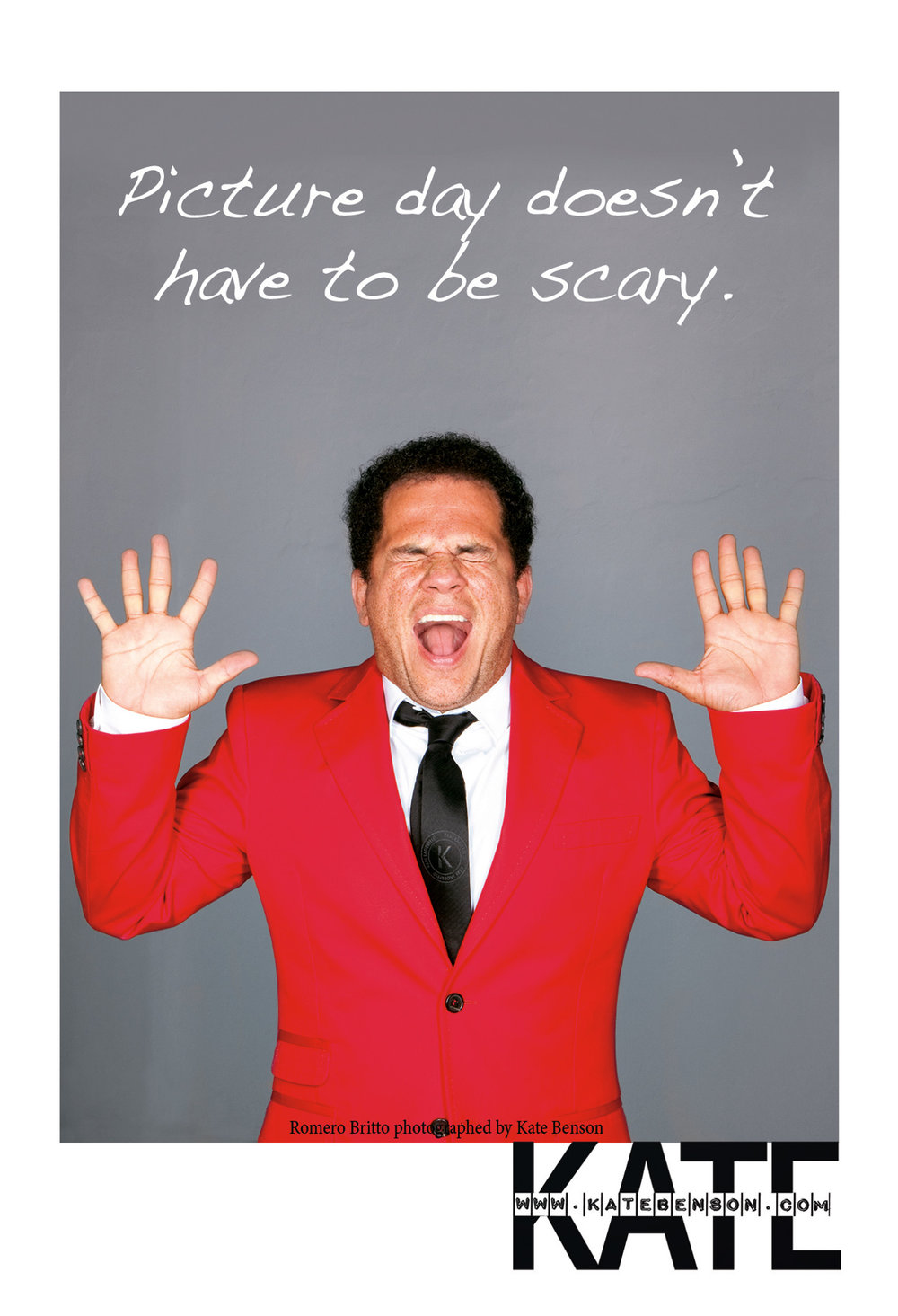Paul Hansen Wins World Press Photo of the Year, and The Struggles of a Photojournalist

Photo and caption courtesy of British Journal of Photography, click the link to read the full article by Olivier Laurent
It’s worth a read. My comments are on an entirely different level. My comments are about humanity.
I could never, EVER have become a photojournalist. But I desperately wanted to. I wanted to be in a place where just existing and capturing the world around you could change lives. It is a huge power and responsibility. One image has the ability to motivate the world. Remember this one?

One photo of something horrific can save lives and change the course of history. As I grew up, my family and the families around me were all sponsoring children in Africa. Change happened because someone turned their humanity off to help the world turn their humanity back on. But there is always another story beyond the frame. For Kevin Carter, the photographer of the above Pulitzer Prize-winning photograph, everyone wanted to know what happened next? Did he save the child? Did he chase away the vulture? When in truth, he took the picture and celebrated his outstanding image (there are books about Kevin’s life, personally The Bang Bang Club, written by his friends was hard to read, but provided an open eyed, honest account). Kevin Carter became a story to change the world. His exposure and life through photojournalism and the dehumanization that came with it eventually lead him to take his own life in 1994.
“I am depressed … without phone … money for rent … money for child support … money for debts … money!!! … I am haunted by the vivid memories of killings and corpses and anger and pain … of starving or wounded children, of trigger-happy madmen, often police, of killer executioners … I have gone to join Ken [recently deceased colleague Ken Oosterbroek] if I am that lucky.”
Today we know what this is. We are starting to understand that when humans are exposed to enough horrors they mentally react. We call it Post Traumatic Stress Disorder, PTSD. What we are beginning to understand is that not just soldiers suffer from it. There are some photographers who live their lives on the front lines, next to soldiers, shoot images, not guns, and have the same experiences. The guilt of pulling a trigger and pushing a shutter aren’t that different. And when you choose to take pictures of horrors instead of prevent them and tell yourself it is for the “greater good”, you still have to live with those choices.
I’ll be the first person to agree that Swedish photographer Paul Hansen deserves the World Press Photo of the Year. The image and the story of that shot haunt me. Which is what it is suppose to do. But, in my case, the image also reminds me that my community of photographers have a long way to go to support each other. Too many great photographers who make the choice to become photojournalists on the front lines, never get the chance to walk away. Those who do, often times remain haunted much longer by the images that they captured. As with soldiers, I would love to see our community get behind these people and give them the support that they undoubtedly will need when they finish shooting. I have no idea how we could do that. Let them talk about more than their images? Let them speak about themselves and what they go through? I’m all ears if anyone reading this post has ideas on it.
Maybe just bring attention to it is enough. Although unlike the photojournalists, I have no image to show the need for change. But I can point it out to people. Sometimes, looking into the lives of these photographers and learning how they struggle with the dehumanization of their subjects (which HAS to happen in order to get the shot) becomes a powerful story of humanity in itself.
Thanks for reading.








